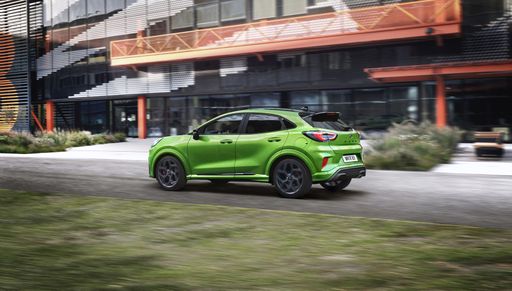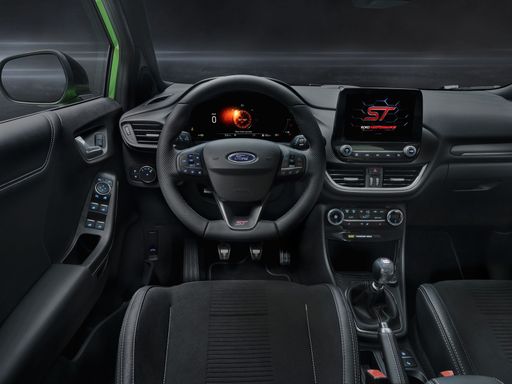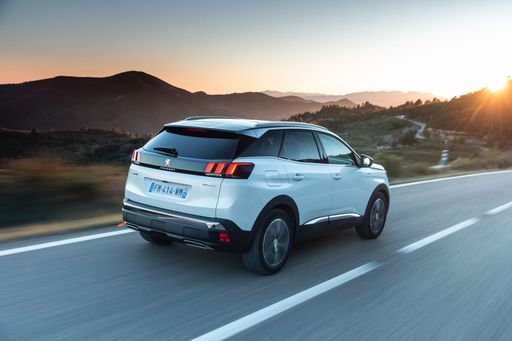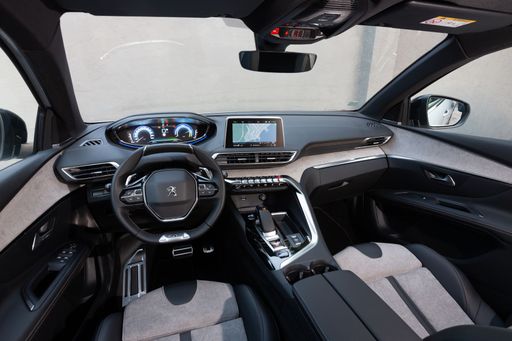Ford Puma vs Peugeot 3008: A Battle of the Modern SUVs
In the competitive world of crossover SUVs, the Ford Puma and Peugeot 3008 stand out with their captivating design and modern innovations. They each bring unique elements to the table, catering to a broad spectrum of drivers. Let's delve into the finer details to see how these two SUVs compare on the road and in terms of technology.








